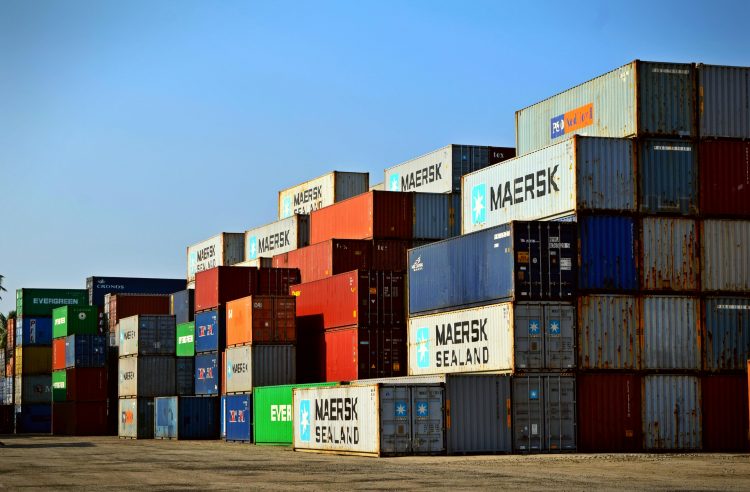Introduction to Warehouse and Logistic Services
Warehousing and logistics involves the storage of goods while logistics deals with their transportation and distribution. Both are crucial components of supply chain management, ensuring that products reach their destination in a timely and cost-effective manner.
Types of Warehouse Services
Public Warehouses
Public warehouses offer storage space to multiple businesses on a rental basis. They provide flexibility and cost-effectiveness, making them ideal for companies with fluctuating inventory levels.
Private Warehouses
Private warehouses are owned and operated by individual companies to exclusively store their own goods. They offer greater control over operations and security but require significant investment.
Automated Warehouses
Automated warehouses utilize robotics and advanced technology for efficient storage and retrieval processes. They minimize human intervention, enhance accuracy, and optimize space utilization.
Key Functions of Warehouse Services
Storage
Warehouses provide a secure environment for storing goods, protecting them from damage, theft, and environmental factors. They organize inventory based on factors like size, weight, and shelf-life.
Inventory Management
Effective inventory management ensures optimal stock levels to meet customer demand without excess or shortage. It involves tracking, replenishing, and organizing inventory to minimize costs and maximize efficiency.
Order Fulfillment
Warehouses play a critical role in order fulfillment by picking, packing, and shipping products to customers. Efficient order processing and fulfillment contribute to customer satisfaction and retention.
Logistic Services Overview
Logistics encompass various activities involved in the movement of goods from suppliers to consumers. It includes transportation, distribution, warehousing, inventory management, and information flow.
Types of Logistic Services
Transportation
Transportation is a key component of logistics, involving the physical movement of goods from one location to another. It includes modes such as road, rail, air, and sea transport, each suited to different types of cargo and distances.
Distribution
Distribution involves the efficient allocation of goods to different locations based on demand. It includes activities like sorting, packaging, and dispatching products to warehouses, retail stores, or directly to customers.
Freight Forwarding
Freight forwarding facilitates the transportation of goods across borders by managing customs clearance, documentation, and transportation arrangements. It ensures smooth international trade operations.
Integration of Warehouse and Logistic Services
Seamless integration between warehouse and logistic services is essential for optimizing supply chain operations. It enables real-time visibility, accurate inventory tracking, and efficient order fulfillment, enhancing overall efficiency and customer satisfaction.
Technological Advancements in Warehouse and Logistic Services
Technological innovations such as automation, robotics, and IoT have revolutionized warehouse and logistic operations. Automated systems streamline processes, reduce labor costs, and improve accuracy, while IoT devices enable real-time monitoring and data analysis for better decision-making.
The Role of Data Analytics
Data analytics plays a crucial role in optimizing warehouse and logistic operations. Predictive analytics help forecast demand and optimize inventory levels, while operational data analysis identifies inefficiencies and areas for improvement, leading to cost savings and enhanced productivity.
Sustainability in Warehouse and Logistic Services
Sustainability initiatives are gaining prominence in warehouse and logistic operations, driven by environmental concerns and consumer preferences. Green initiatives focus on reducing carbon emissions, minimizing waste, and adopting eco-friendly practices throughout the supply chain.
Challenges and Solutions
Despite their benefits, warehouse and logistic services face challenges such as inventory management complexities, labor shortages, and infrastructure limitations. However, innovative solutions such as inventory optimization software, robotics, and workforce management systems help overcome these challenges and improve operational efficiency.
Case Studies
Several companies have successfully implemented integrated warehouse and logistic services, resulting in streamlined operations and cost savings. These case studies highlight the positive impact of efficient supply chain management on business growth and competitiveness.
Future Trends
Looking ahead, the future of warehouse and logistic services is marked by continued technological advancements and innovations. AI-driven solutions, last-mile delivery optimizations, and blockchain technology are expected to reshape the industry, driving greater efficiency, transparency, and sustainability.
Conclusion
In conclusion, warehouse and logistic services are integral components of modern supply chain management, enabling businesses to meet customer demands efficiently and cost-effectively. By embracing technological innovations, sustainability initiatives, and seamless integration, companies can optimize their operations and gain a competitive edge in the global marketplace.





